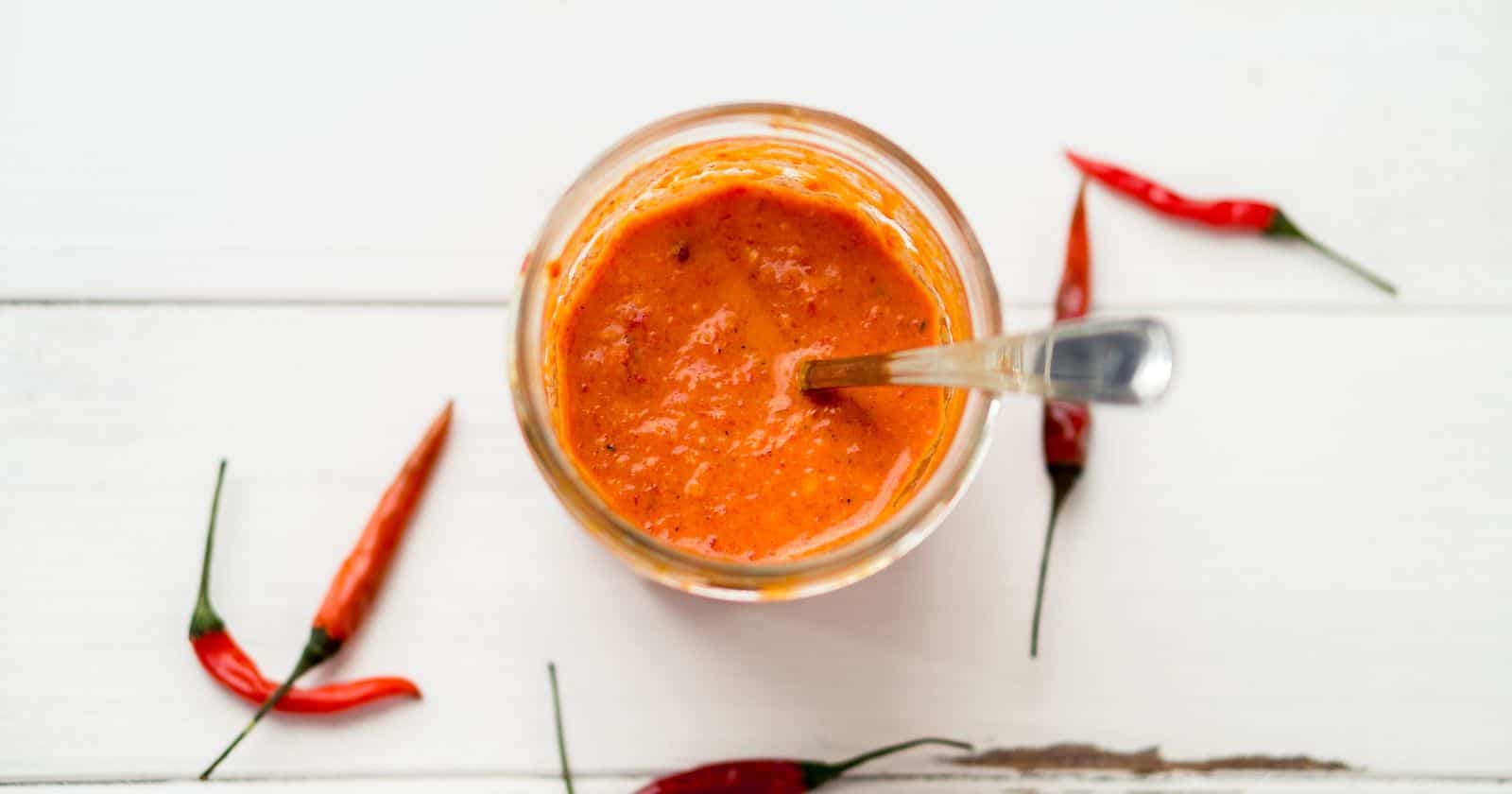If persistent squirrels keep crashing your bird feeders and stealing seed, you may be wondering: can you put hot sauce on bird seed to keep squirrels away?
The good news is yes, adding a bit of
In this article, you’ll discover:
- How capsaicin repels hungry squirrels but not birds
- Safe tips for mixing birdseed and hot sauce
- Creative ways to use hot sauce spray and suet
- Concerns over altering birdseed’s natural state
- Squirrel-proof feeders and placement strategies
With careful precautions, a dash of hot sauce can add light heat to drive away squirrels while keeping your bird buffet safe. Monitor birds closely, don’t overdo the
A little Sriracha kick can effectively repel seed thieves without burning your feathered friends. Read on to learn how to strike the right balance and add a touch of fire to your birdseed. Let’s look at how hot sauce can help
How Hot Sauce Repels Hungry Squirrels
Hot sauce contains capsaicin, the chemical compound that gives peppers their spicy kick. When squirrels eat or touch capsaicin, it binds to receptors in their mouths, causing an intense burning sensation.
This teaches squirrels to associate that food with pain. So adding hot sauce to birdseed triggers a deterrent effect, signaling to squirrels that the seed means serious discomfort. They’ll skip the spicy seeds and look for food elsewhere.
Birds, however, lack the receptors sensitive to capsaicin. They don’t register the heat or pain. So a sprinkling of hot sauce keeps away squirrels but won’t stop birds from happily feasting on their favorite foods.
Now let’s look at the best practices for safely adding some sizzle to your birdseed to drive away thieving squirrels.
Mixing Hot Sauce and Birdseed: Tips and Guidelines
With a few precautions, hot sauce can safely add a kick to your birdseed:
Choose milder hot sauces – Opt for variety like Sriracha over extreme ghost pepper sauces, which could irritate birds’ skin or eyes in large amounts.
Mix thoroughly – Combine 1-2 tablespoons of hot sauce per pound of birdseed. Make sure it coats evenly so birds don’t get all the
Apply sparingly – Use the minimum effective amount. Too much capsaicin could negatively impact birds’ feeding behavior. Start with less
Avoid skin contact – Use gloves and goggles when handling spicy birdseed. Wash hands and equipment afterwards. Capsaicin can irritate skin.
Monitor birds – Watch for signs of irritation or changes in feeding habits. Discontinue use if issues arise.
Shelter feeders – Place feeders in shaded spots protected from wind, rain, and drainage. This prevents the hot sauce from washing away quickly.
With careful application, a dash of Sriracha or habanero sauce can add light heat to repel squirrels without burning your birds. Now let’s look at more ways to use hot sauce creatively.
Creative Uses of Hot Sauce for Squirrel-Proof Feeders
In addition to mixing it into birdseed, here are some clever ways to use hot sauce’s power against persistent squirrels:
Pepper sauce perimeter – Apply bands of hot sauce around poles and hangers suspending feeders. Squirrels have to traverse this fiery barrier to reach the seed.
Suet feeders – Look for suet cakes and dough infused with hot pepper. The spicy suet deters squirrels but feeds insect-eating birds.
Daily hot sauce spray – Mix hot sauce with water and gently mist feeders each morning. Reapply after rain or sprinklers wash it away.
Edible repellents – Sprinkle hot chili flakes, crushed peppers, or cayenne powder on and around feeders. The smell helps deter squirrels.
Strong scent shock – Soak rags in hot sauce and stash them in feeders overnight. The strong scent lingers even after removing the rags.
With strategic use of hot sauce sprays, concentrates, and perimeter barriers, you can create a flaming fortress to protect your birdseed bounty. But even
Concerns Over Using Spicy Birdseed
While hot sauce can be helpful for squirrel control, some concerns exist over offering birds spiced-up food. Here are a few issues to consider:
Safety risks – High amounts of capsaicin could cause skin, eye, or gastrointestinal irritation for birds. It’s important to monitor birds closely and use caution.
Natural diet – Some wildlife organizations advise against altering birdseed’s natural state. Spicy seeds may negatively impact birds’ typical feeding behaviors.
Addiction concerns – Birds drawn to the flavor of spicy seeds may become hooked on the hot sensation, preferring spiked seed over regular.
Costs – Spicy birdseed tends to cost 1.5 to 2 times more than regular. The higher price point may be prohibitive for some bird lovers on a budget.
Limited efficacy – Squirrels can still power through the burn and dig out the birdseed underneath hot sauce coatings. Repeated exposure also dulls the deterrent effect over time.
Because of these factors, many bird experts recommend relying more heavily on physical deterrents over
Squirrel-Proof Feeders: Smart Designs and Placement
Sometimes squirrels outsmart spicy birdseed and feeder barriers. In that case, these tactics can help block them:
Perch design – Choose feeders with weight-sensitive perches that close when heavier squirrels try to access them.
Guards and baffles – Install metal guards around feeder poles and place plastic baffles above them. This blocks climbing routes.
Feeder material – Metal and glass feeders with slick surfaces make climbing difficult. Avoid wood or plastic feeders.
Pole height & location – Place feeders at least 10 feet high on a pole located far from trees, fences, and wires squirrels can jump from.
Feeder capacity – Choose smaller-capacity feeders that need refilling more often. Give squirrels less reward per visit.
Regular repositioning – Move feeder locations frequently to disorient squirrels trying to establish routes.
Smart design and strategic placement can create squirrel obstacles courses they eventually give up on. And feeders that require constant refilling and rehanging help ensure squirrels don’t get too comfortable.
Conclusion: A Little Spice Can Repel Squirrels
With care, creativity, resistant feeders, and strategic placement, a dash of hot sauce can help give squirrels the brush off. But balance is key.
Monitor your feathered friends closely and don’t overdo it on the
Use this article’s tips to find the right heat level that sends squirrels running while keeping your birdseed bounty safe for blue jays, woodpeckers, finches and more.
A little Sriracha
Try adding a touch of hot sauce to your bird menu along with other deterrents. With some trial and error, you’ll find the perfect blend of heat and hardware for a squirrel-free birdwatching experience.





